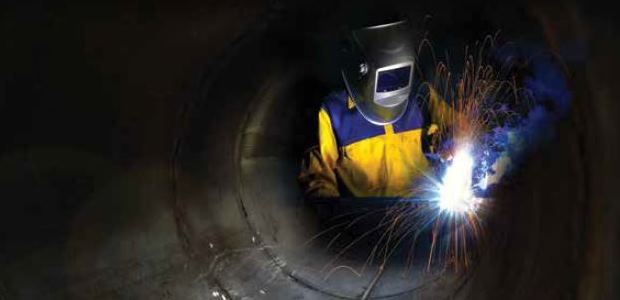
By Nancy Pearce
OSHA tells you what to do; NFPA 350 tells you how to do it by providing supporting information on how to identify hazards, perform gas monitoring, control hazards, and ventilate.

By Jerry Laws
OSHA recommends basing a lab's control strategies on the hierarchy of controls.
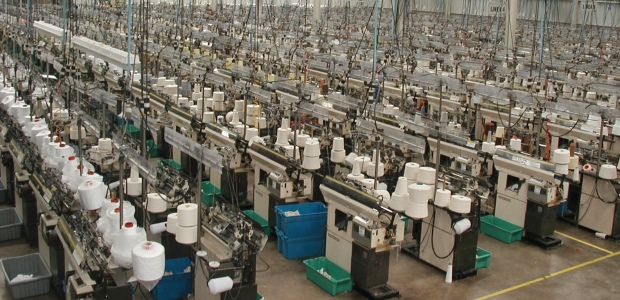
By Larry Garner
Just as the medieval knights required task-specific protection, today's worker is more of an industrial athlete requiring gear to enhance performance.

By Matt Holden
The NSC Congress & Expo is sure to be a week full of education and innovation in the safety and health market, so be ready to start your engines come September.

By Scott Margolin
Here's how you can safely increase comfort and compliance and reduce complaints.
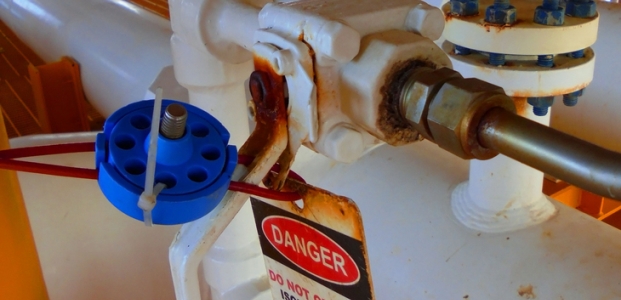
By Jerry Laws
The Z244.1-2016 standard attempts to help employers and safety managers prevent both violations and worker exposures to hazardous energy.
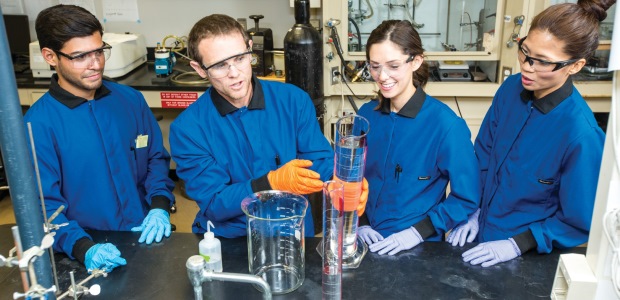
By Mark Saner
Use these tips for selecting the best protection for those in your laboratory.
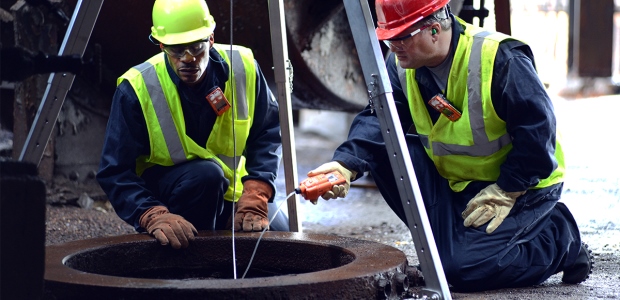
By Jason Fry
If your best friend, whom you’ve known for years, suddenly fell over in a confined space, how would you respond? Would you rush in to save him or her?

By Wanda Sanchez-Miller
When safety eyewear fogs, workers have little choice but to remove it and wipe it clear, which can lead to repeated interruptions throughout the shift.
By Jerry Laws
How fitting that one of the best-known symbols of the modern U.S. safety industry is adding stainless steel suicide prevention nets.
By Robert Pater
The Laws of Motion are an actual physical set of laws describing the workings of universal forces. Leaders can thoughtfully and strategically apply these to successfully navigate through the challenges of Safety leadership.
By Shawn M. Galloway
Individuals at any level should be able to see themselves as actors in the strategy.